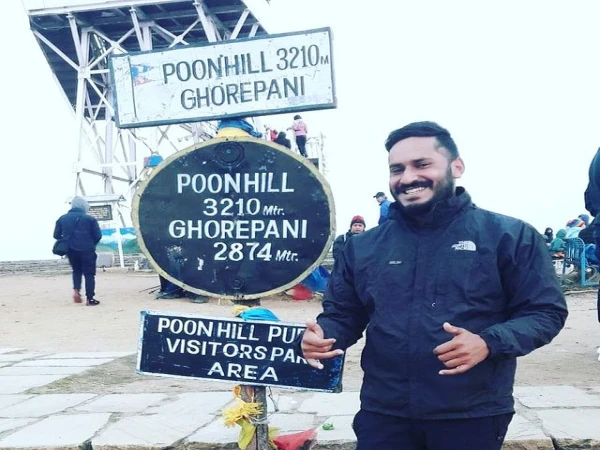Un court trek accessible avec une vue incroyable sur l’Everest
L’Everest View Trek (5 jours) est l’un des treks les plus courts et les plus accessibles de la région du Khumbu. Idéal pour les voyageurs qui souhaitent découvrir l’ambiance du trek vers l’Everest sans aller jusqu’au Camp de Base, cet itinéraire offre des panoramas extraordinaires sur l’Everest, le Lhotse, l’Ama Dablam, le Thamserku et le Kongde Ri.
Au départ de Lukla, le sentier traverse les villages sherpas traditionnels, les monastères bouddhistes, les forêts de pins et les ponts suspendus emblématiques de la vallée du Khumbu. Le point fort de ce trek est le fameux Everest View Hotel, situé à 3 880 m, offrant l’un des meilleurs points de vue sur l’Everest sans grand effort.
Ce trek est parfait pour ceux qui recherchent une courte aventure, une première expérience dans la région de l’Everest ou un voyage combiné avec un séjour culturel au Népal.
Points forts du trek
Vue spectaculaire sur l’Everest en seulement quelques jours
Idéal pour débutants ou voyageurs disposant de peu de temps
Ambiance authentique de la culture sherpa
Randonnée facile/modérée sans grands dénivelés
Visites : Namche Bazaar, monastère de Khumjung, Everest View Hotel



